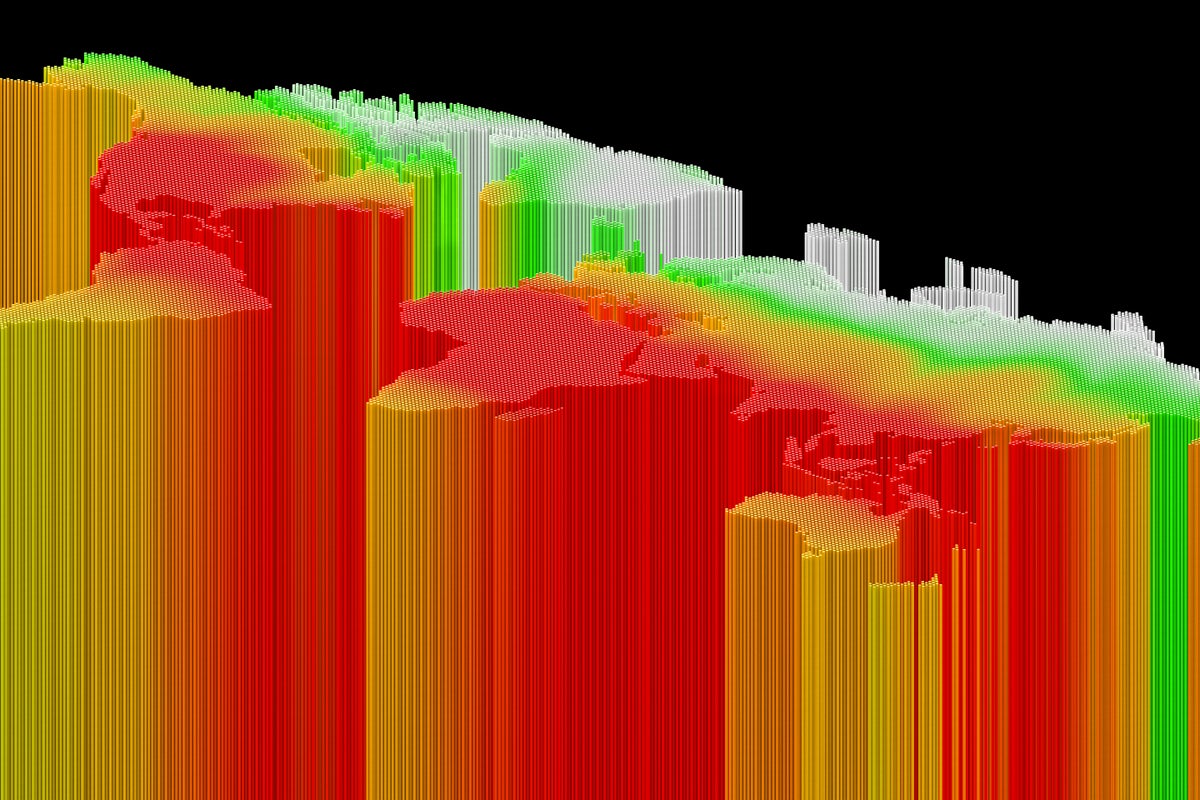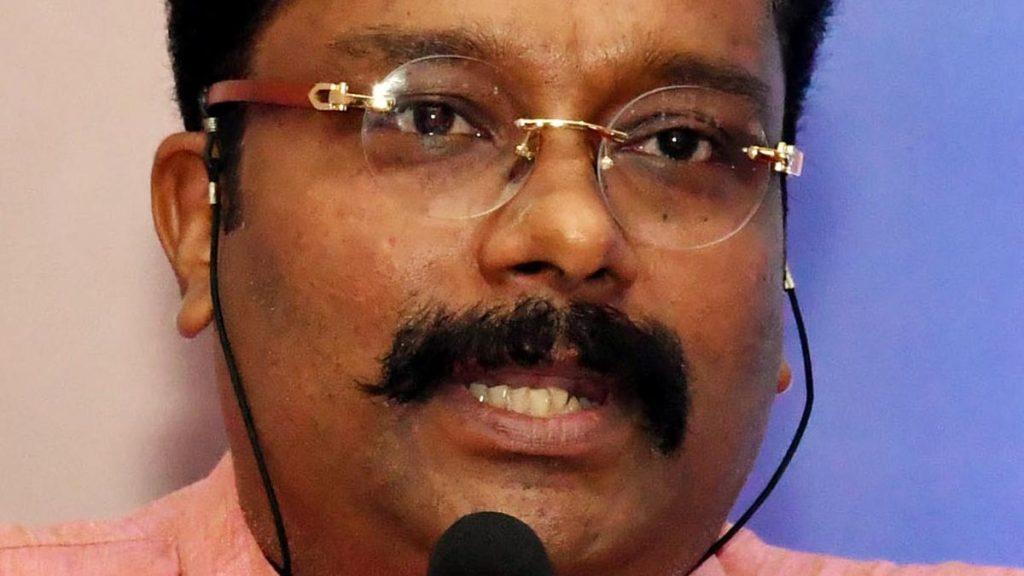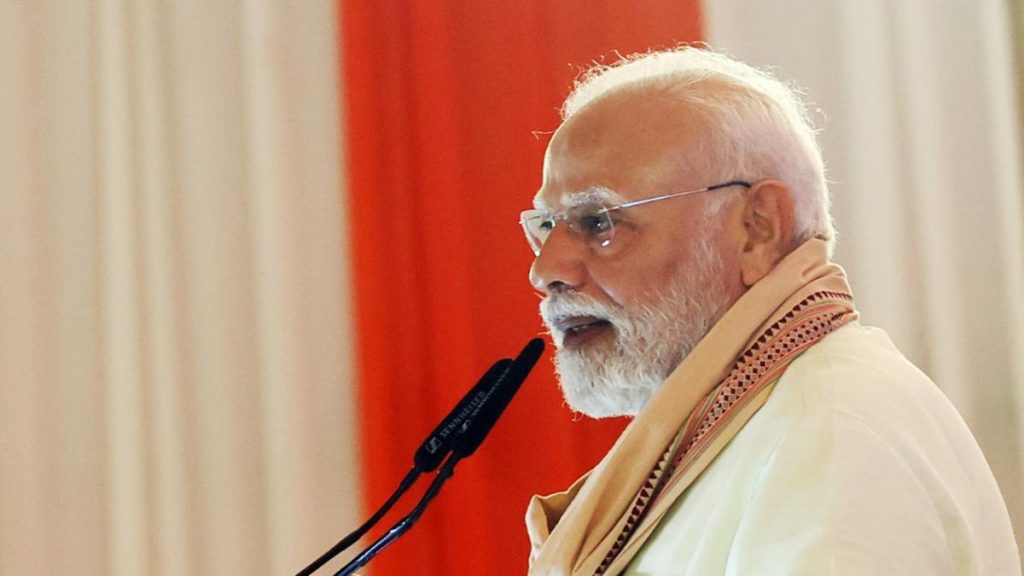Now Reading: Rising Heat Threatens AI Data Centers
-
01
Rising Heat Threatens AI Data Centers
Rising Heat Threatens AI Data Centers

Quick Summary
- Climate change and heat waves are increasingly threatening global data centre hubs that support AI operations.
- Rising temperatures strain water resources and electricity necessary for cooling data centers, potentially leading to conflicts with local communities or operational disruptions.
- Research by Verisk Maplecroft highlights that 56% of the top 100 global data center hubs face increasing cooling demands annually, with risks intensifying under high-emission scenarios.
- By 2040, two-thirds of these hubs could be at “high” or “very high” risk if global temperatures increase by more than 4°C above preindustrial levels.
- Key cities facing risks include Los Angeles (US), Dubai (UAE), Istanbul (Turkey), Bangkok (Thailand), and others. U.S. cities like Phoenix and Denver may also confront severe water shortages by 2030 due to reliance on water-based cooling systems.
- past incidents showcased rising vulnerabilities: a severe heat wave in london caused outages at Google and Oracle facilities, while heat in California impacted Twitter’s operations.
- The report calls for innovation in technologies, policy interventions promoting renewable energy growth, and responsible investment practices to mitigate impacts.
Source: Scientific American
A related analysis can be found here.
Indian Opinion Analysis
India is home to a rapidly expanding digital economy powered by its own burgeoning network of data centers. The findings of this report carry important implications for the nation given its susceptibility to extreme weather events like heat waves. India’s heavy reliance on coal-powered electricity exacerbates climate-related challenges; demand spikes during hot months further increase dependency on fossil fuel-intensive power generation, as observed globally last year.
Without urgent adaptation measures such as increasing renewable energy penetration within these sectors or innovating water-efficient cooling technologies, India’s advancements in AI-driven infrastructure might become vulnerable over time. moreover, competition over scarce resources like water could heighten socio-economic tensions between industry requirements and community needs.Policymakers must recognize the dual impact-economic growth from AI deployment versus environmental stressors-and act decisively through promoting resilience strategies outlined under enduring models presented globally. Facilitating technological innovation coupled with region-specific mitigation policies remains critical for balanced progress toward India’s ambitions both as an AI leader and environmentally conscious nation.
























